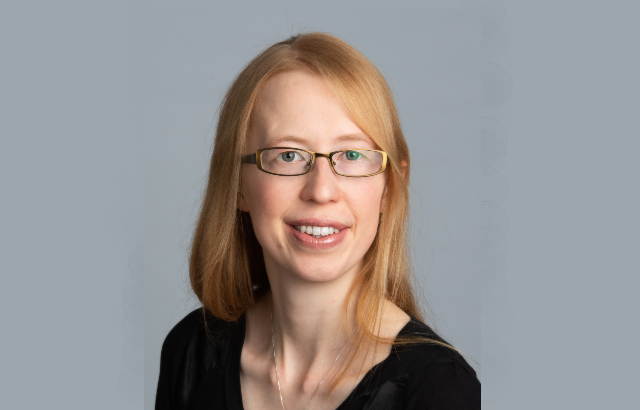
Dr Tessa Baker's research aims to test the laws of gravity and identify what’s missing.
When Einstein’s General Theory of Relativity was first applied to cosmology, it suggested that the rate of expansion of the universe should be slowing. But while we know the theory works well on Earth, a breakthrough in 1999 showed the expansion rate of the universe is actually speeding up – opposite to the prediction of Einstein’s theory.
Supported by a 2020 European Research Council (ERC) Starting Grant, Dr Baker aims to test the laws of gravity and identify what’s missing. “Gravity is one of most important laws of nature,” explains Dr Baker. “But there is still a lot we don’t know about it, and a lot that doesn’t make sense.”
A first step towards this occurred in 2015, when the LIGO experiment detected gravitational waves: ripples in ‘spacetime’ caused by super-energetic events, in this case the collision of two black holes. These waves enable researchers to directly detect objects and events that can’t be seen with normal telescopes, opening up new frontiers for exploring how the laws of gravity shape the universe.
However, it is still impossible to identify which galaxy the gravitational waves originate from, and this means that researchers are missing a valuable piece of the data needed to test their theories.
I’m really excited about the potential of this new technique to help us use data to reveal more about gravity and the expansion rate of the universe.
Dr Baker’s research aims to address this by combining new statistical techniques with computing power to predict which galaxy the gravitational waves originate in, developing a method called Statistical Host identification.
“We are rapidly becoming better able to detect gravitational waves and are capturing more and more information. This will only increase when new ground-based and space-based detectors such as the Einstein Telescope and LISA come online. I’m really excited about the potential of this new technique to help us use data to reveal more about gravity and the expansion rate of the universe.”
EU-funded research and Innovation at Queen Mary
Dr Baker's project ‘Statistical Host Identification As a Test of Dark Energy — SHADE’ (GA 949572) is funded by a 2020 ERC Starting Grant of €1,497,672. Find out more about Dr Baker's research.
Queen Mary has a strong track record in EU Research and Innovation funding and is ranked 21st amongst UK Higher Education Institutions (HEIs) for Horizon 2020 awards. To date, we have received over €67m Horizon 2020 funding involving more than 160 projects. We are ranked 14th in the UK HEI rankings for Starting Grants and 22nd across the three investigator-led schemes.
We recognise the importance and value of our European collaborations for Queen Mary's world-class research activity and are keen to engage with existing and new European partners and networks.
Contact our Queen Mary EU Unit at jrmo-helpdesk-eu@qmul.ac.uk to discuss opportunties to collaborate with us.



